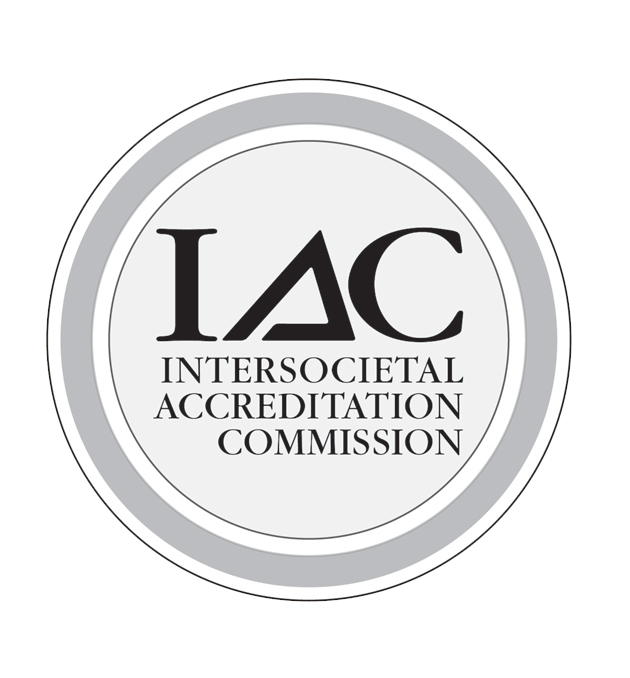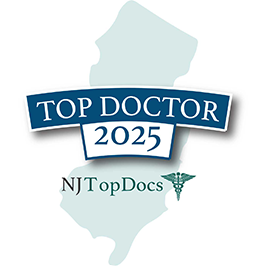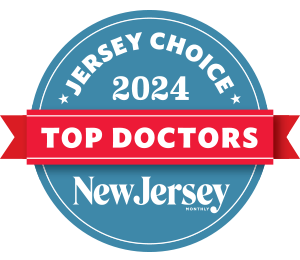
Diagnosis
The correct treatment of vein problems necessitates accurate diagnosis to determine a treatment plan. Our Noninvasive Vascular Laboratory was one of the first in New Jersey and remains accredited by the national credentialing body, ICAVL. This represents a commitment to quality and accurate diagnosis. Our well-trained, experienced Registered Vascular Technologists (RVTs) perform ultrasound examinations only of the arteries and veins. Therefore, they are experts at performing these tests and they are very knowledgeable regarding disease of the veins and the treatment alternatives.
Leg swelling is a common condition we are asked to evaluate. The use of ultrasound technology is critical in assessing the status of the veins, making sure no blood clots exist.
Treatment Overview
The treatment for vein problems is directed at the type of problem that exists. Cosmetic treatments are common and we are well-recognized as the leaders in the TriState area for cosmetic vein problems (see the Vein Institute of New Jersey.) However, some problems are more detailed and may require hospitalization. With access to many of the top hospitals in New Jersey, we, at The Cardiovascular Care Group, are prepared to help you with whatever problem your veins present.
A Word on Accreditation
For over 25 years, The Intersocietal Accreditation Commission (IAC) has served as an accrediting organization founded by medical professionals to advance appropriate utilization, standardization and quality of diagnostic imaging and intervention-based procedures. Of their many accreditation programs, the Vein Center accreditation was created to evaluate the quality of those providing vein treatment and management. While our Vascular Laboratory has been accredited for over 30 years, the recent addition of Vein Center accreditation to the IAC has allowed us to achieve recognition in that arena as well. The Vein Institute of NJ of The Cardiovascular Care Group is extremely proud to hold this prestigious accreditation.






